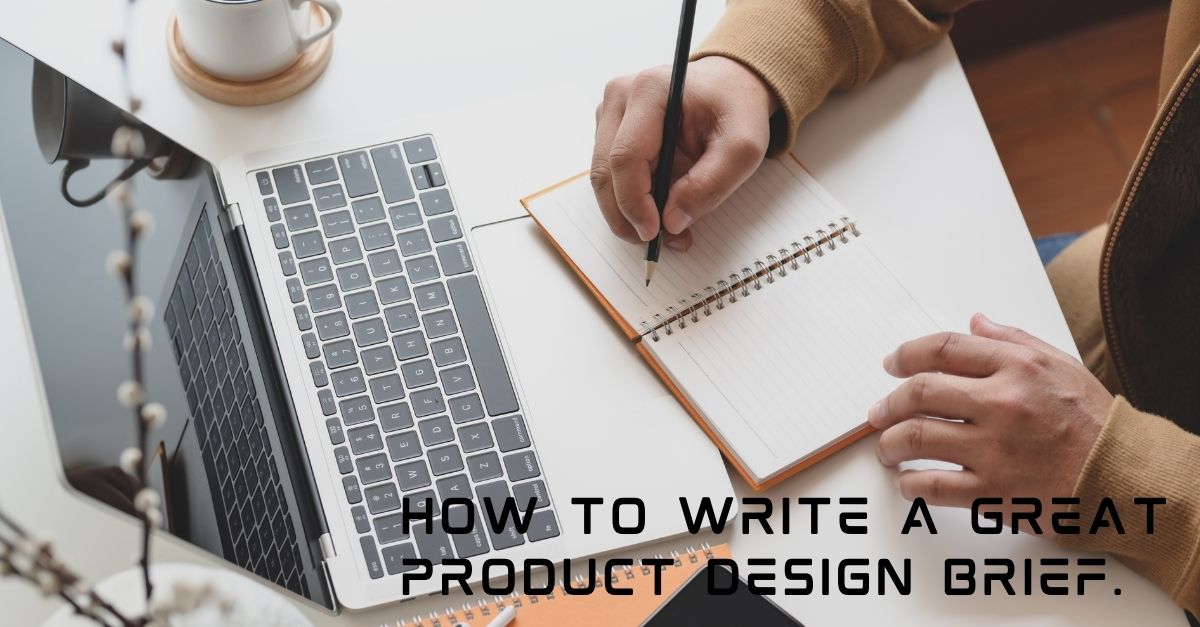Call Us: 01702 292984 Email Us: info@cube3productdesign.co.uk

So you’re looking to engage with a design consultancy to design your next product. How do you get the design you want? The product that's going to beat the competition, the perfect product to make your company successful? A simple and clearly written design brief would be a good start!
It doesn’t matter if you are an inventor with an idea, a start up with new tech or an established SME with a range of products that you want to make more cost effectively. The single most important part of any new development is an effective design brief. Without one, it is almost impossible to develop a successful product.
This blog post will help you to write the perfect design brief that will be beneficial to you and the designer you engage with.
So what is a design brief?
A design brief is a document that provides the designer with all of the information they will need in order to complete the task and meet your expectations. It also allows you, the client, to focus on exactly what you want to achieve before any work is carried out.
A Product brief is critical to getting the most out of designers as they can focus on what is required and not waste time on the wrong tasks.
How to write a good design brief.
1. Information about you
Firstly you should start off by introducing yourself and your company. What is the nature of your business? What do you do? How long have you been doing it? What industry sector do you operate in and any niche market info you have. Be clear and concise and avoid unnecessary information that is not relevant to the product.
2. What is the product?
So the designers are going to need to know what it is you want them to design. What is it called? What does it do? What are the key features or benefits? What need does it fulfil or problem does it solve? How does it fit in with your other products? How is it better than the competitors’ products?
3. What are your aims or goals and why?
List them with reasons for each. Is it to increase sales, to obtain information from clients, to reduce manufacturing costs or to embrace a new technology for instance? How do you differ from the competition? There could be a number of reasons that I’ve not listed so please explain why as it will give the designers a much better understanding of the project.
4. Who is the target audience?
Ideally you should have researched this and should be able to tell the designers who the product is aimed at. Their age, sex, income, occupation, location and any other important information. Providing evidence of your research will give the designers more confidence that you understand who will buy your product.
5. Tell us what you don’t know
You may not have answers to all of these questions. This is okay, so long as you don’t guess or make stuff up! Just say in the brief that you don’t know and list one of your deliverables as completing the product design brief. It’s also fine to ask questions. Designers will question everything anyway, it’s what we do, so again, just make this part of the scope of work required.
6. Standards, compliance, environmental
What standards does the new product need to meet? What environmental conditions will the product need to withstand? Will it operate independently or part of a larger system? Be as specific as you can here but if you don’t know then say so.
7. Research
It may be useful to tell the designer how far you have come on your journey. If you have completed months of research, then mention it and include the research as an attachment to the document. If you have successfully or otherwise completed a round of concept generation then include this information to prevent the designer covering old ground.
8. Scope of the work required
It is important to clearly state the scope of the work that you wish a designer to undertake. You may only want them to create concept designs instead of a complete turn-key service from research to production. What are the deliverable you require?
9. Budgets and timescales.
Is there a specific launch date that is important? What is the retail price of the product? What finances do you have in place to fund the development? How much do you want to spend on the development? If there’s no specific launch date, what timescales are you looking to achieve?
10. Tips and techniques
The brief should be open enough to inspire ideas and creativity, yet specific enough to prevent drift from the core requirements? Define what’s not how’s - focus on goals not solutions so "strong and light” instead of "made from aluminium”. You should outline the creative challenges and expectations where known. The brief should always be as short and simple as possible so avoid long and complicated text.
Hopefully this gives you a good understanding of how to write a great product design brief. As designers we often get very poor briefs even from larger companies! It means that we have to invest more time and energy at the front end of a project just to figure out what the client wants.
Think of it like the foundations of a house – if the foundations are not well planned and solid, the house may collapse!